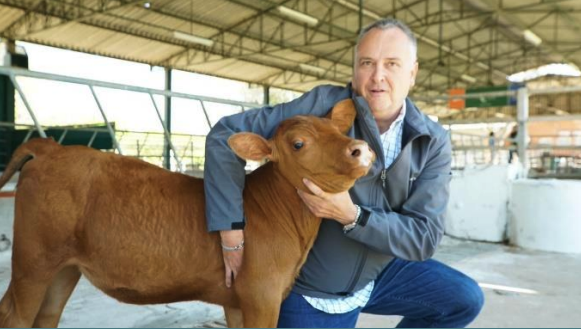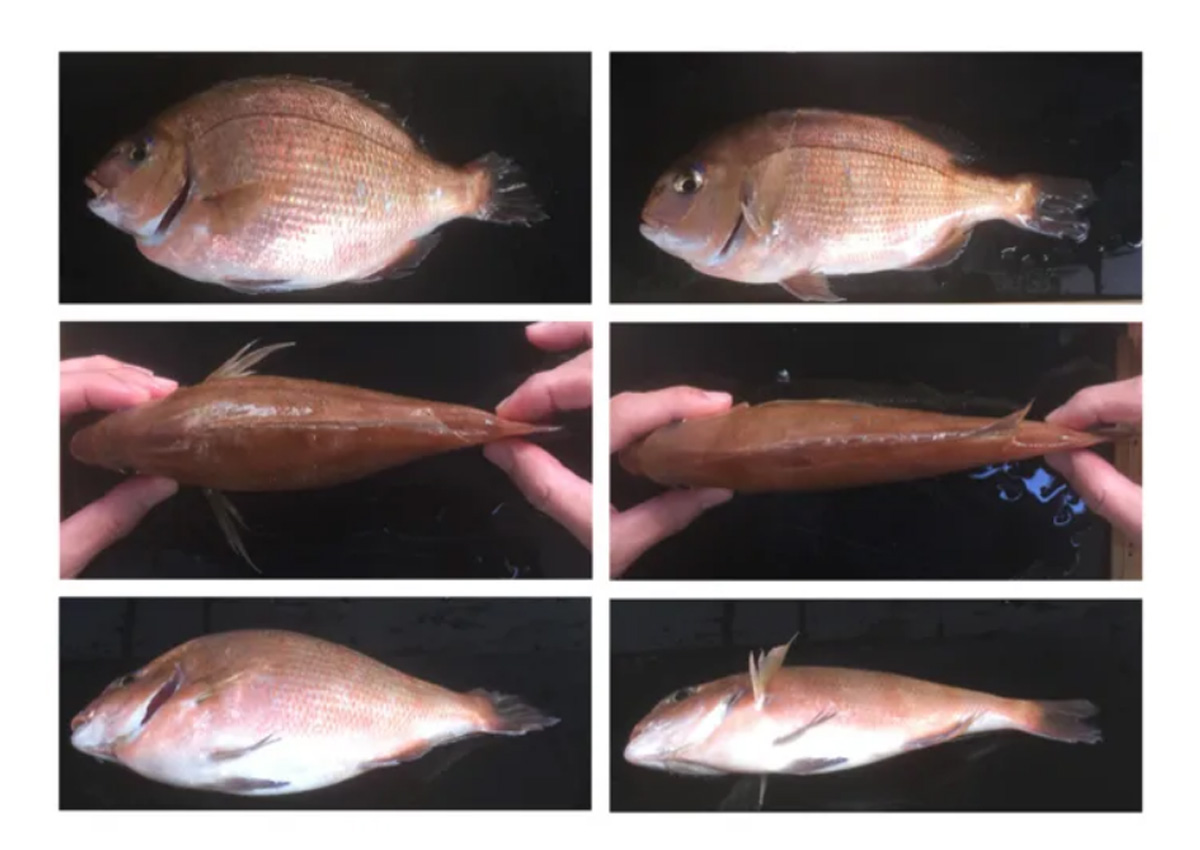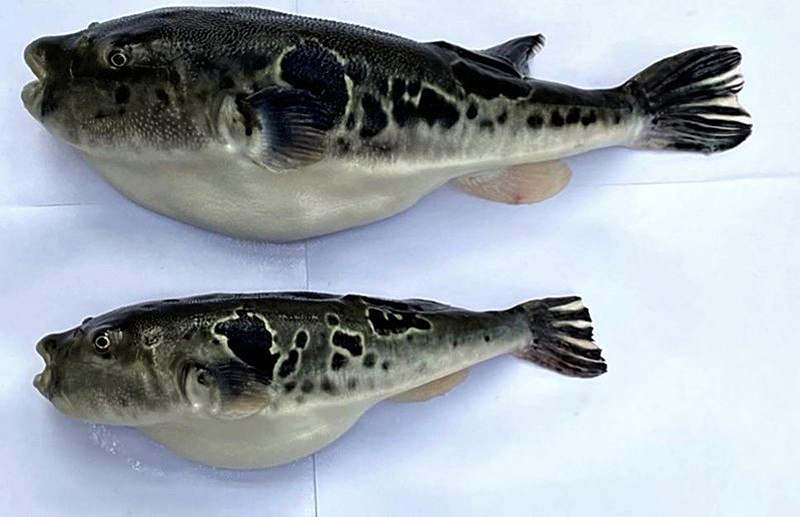Gene-Edited Animals: Enhancing Traits for the Future
| |
The recent buzz surrounding the potential revival of extinct animals through genetic engineering has sparked considerable public curiosity and numerous unanswered questions. However, alongside de-extinction efforts, many scientists are focusing on leveraging genetic engineering to enhance the resilience of existing animal species. This article explores gene editing, a key tool in this endeavor, and showcases animals that have been improved through its application.
What is gene editing?
Gene editing is one of the new breeding techniques that allow scientists to improve the characteristics of living organisms, including plants, animals, and bacteria. The technologies used for gene editing work like scissors, cutting the DNA in a specific location, then remove, add, or replace known DNA sequences where the cut was made. The most used technologies in gene editing are clustered regularly interspaced short palindromic repeats (CRISPR), transcription activator-like effector nucleases (TALENs), zinc-finger nucleases (ZFNs), and homing endonucleases or meganucleases.
What are the examples of gene-edited animals?
According to the Gene-Edited Animal Database (GEAD) developed by ISAAA and the University of California - Davis, the following animals have been improved through gene editing and have undergone the regulatory process: Cattle (Bos taurus and Bos taurus x Bos taurus indicus), Nile tilapia (Oreochromis niloticus), Olive flounder (Paralichthys olivaceus), Pig (Sus scrofa domesticus), Red sea bream (Pagrus major), Tiger pufferfish (Takifugu rubripes). Products derived from these gene-edited animals are not all commercially available, but can be sold in the market when the developer chooses to do so. The database also contains over 30 animal species that have not passed through regulatory procedures in any country.
PRLR-SLICK dairy cattle
Acceligen Inc.’s PRLR-SLICK dairy cattle have been gene-edited to have a short, slick-hair coat to withstand warmer climates. Scientific research indicates that cattle with an exceptionally short, slick hair coat exhibit enhanced heat tolerance, leading to reduced temperature-related stress, improved body weight, more efficient food conversion, and ultimately better animal welfare in hot climates. Such abiotic stress tolerance was made possible by editing the prolactin receptor gene (PRLR) through CRISPR-Cas9. PRLR-SLICK cattle have gone through the regulatory processes in Brazil, the US, and Argentina.

Double-muscled animals
Another improved cattle exhibits the double muscle trait by editing the myostatin gene using TALEN. Myostatin is the key regulator of skeletal muscle growth in all vertebrates. Thus, the myostatin gene has also been edited in red sea bream and Nile tilapia. Double-muscled cattle and Nile Tilapia have gone through the regulatory process in Argentina and Brazil, while the red sea bream is now commercially available in Japan.

According to Regional Fish Institute Ltd., developers of the gene-edited red sea bream or “madai,” removing the myostatin gene in red sea bream results in a significantly larger edible portion, approximately 1.2 to 1.6 times greater than unmodified fish. Additionally, these modified fish exhibit an improved feed utilization efficiency of around 14%. Madai is the world's first gene-edited animal food launched through national procedures.
PRRSv-resistant pig
Porcine reproductive and respiratory syndrome (PRRS) is a widespread viral disease that significantly impacts domestic pigs. The disease manifests through reproductive failure, pneumonia, and heightened vulnerability to secondary bacterial infections. Consequently, PRRS has become a concern for intensively raised pigs in North America and Europe, with its economic impact escalating in Asia. To address this concern, experts from Genus PLC developed PRRSv-resistant pigs through CRISPR, targeting the CD163 gene. This gene-edited pig has undergone the regulatory processes in Brazil and Colombia.
Fast-growing Olive flounder and Tiger pufferfish
In Japan, researchers from the Regional Fish Institute, Ltd. successfully developed the 22nd Century Flounder and the 22nd Century Fugu (tiger pufferfish). These gene-edited fish have their leptin receptor disabled, leading to increased appetite and faster growth. This modification enhances feed efficiency, offering a solution to rising feed costs. Japanese consumers can purchase the gene-edited fish through the company's online platform.

To know more about gene-edited animals, visit the ISAAA Gene-edited Animal Database.
| Newer Post | Archive | Older Post |
Science Speaks is ISAAA Inc.'s official blog. Weekly blog articles, authored by ISAAA writers, partners, and invited contributors, aim to help share, disseminate, and promote scientific knowledge and its vital role in achieving global agricultural sustainability and development. Your support to Science Speaks will help us achieve this goal. You can help us by donating as little as $10.

